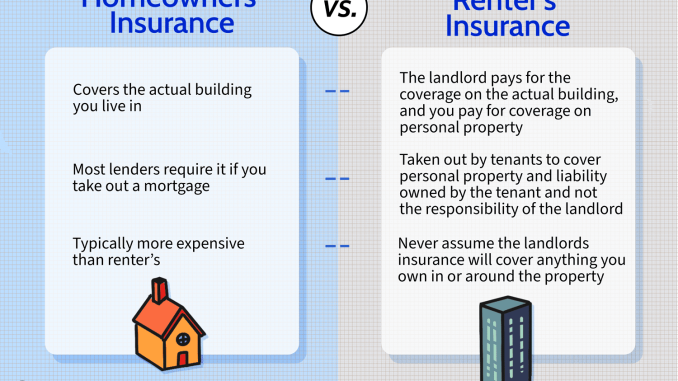
Home insurance is a critical safeguard for homeowners, providing financial protection against unexpected damage or loss. Whether you are a first-time buyer or have owned a home for years, understanding what home insurance covers is essential. This knowledge helps ensure you have the right policy to protect your property and belongings, giving you peace of mind.
At its core, home insurance protects your home’s physical structure. This typically includes damage caused by perils such as fire, windstorms, hail, lightning, and certain types of water damage. If your house sustains damage from a covered event, your insurance policy helps pay for repairs or rebuilding costs, up to the policy limits. This coverage ensures you are not left bearing the full financial burden of restoring your home.
In addition to the structure, most home insurance policies also cover other structures on your property. This includes detached garages, fences, sheds, and even driveways in some cases. Damage or loss to these structures due to covered events is typically reimbursed by your insurer, helping you maintain your entire property.
Another important aspect of home insurance is personal property coverage. This protects your belongings inside the home, such as furniture, electronics, clothing, and appliances. If these items are stolen, damaged, or destroyed by a covered peril, your insurance can reimburse you for their repair or replacement. It’s crucial to understand the limits and exclusions on personal property coverage, as some valuable items like jewelry or collectibles may require additional endorsements or separate policies.
Liability protection is a key feature of home insurance that covers you if someone is injured on your property. For example, if a visitor slips and falls in your home and files a lawsuit, your liability coverage helps pay for legal fees, medical expenses, and settlements up to your policy limits. This coverage extends beyond your property in many cases, protecting you from lawsuits arising from accidents caused by you or family members.
Many home insurance policies also provide additional living expenses coverage. If your home becomes uninhabitable due to a covered loss, this coverage helps pay for temporary housing, meals, and other related expenses while your home is being repaired or rebuilt. This benefit ensures you and your family can maintain a normal lifestyle during a difficult time.
It’s important to note that not all types of damage are covered by a standard home insurance policy. Common exclusions include damage from floods, earthquakes, and routine wear and tear. Homeowners in areas prone to flooding or seismic activity often need to purchase separate flood or earthquake insurance to obtain protection against these risks.
Understanding deductibles is also vital. A deductible is the amount you pay out of pocket before your insurance coverage kicks in. Choosing a higher deductible can lower your premium but means you will pay more upfront if you file a claim. Balancing deductible amounts with premium costs requires careful consideration of your financial situation and risk tolerance.
Home insurance policies come in different forms, with HO-3 being the most common for single-family homes. HO-3 policies provide broad coverage on your dwelling and personal property while specifying exclusions. Other types, like HO-5, offer more comprehensive protection, including higher limits on personal property and fewer exclusions. Selecting the right policy depends on your needs, property type, and location.
When purchasing home insurance, it’s advisable to conduct a thorough inventory of your belongings and evaluate your home’s replacement cost. This helps ensure your policy limits are adequate to cover rebuilding your home and replacing your possessions. Underinsuring your home or belongings can lead to significant out-of-pocket expenses after a loss.
Regularly reviewing your home insurance policy is important, especially after major renovations, purchasing valuable items, or changes in your living situation. Keeping your policy up to date guarantees that you maintain appropriate coverage as your needs evolve.
In addition to standard coverage, some insurers offer optional endorsements or riders. These add-ons can protect against specific risks like sewer backup, identity theft, or equipment breakdowns. Discussing these options with your insurance agent can help tailor your policy to your unique circumstances.
Filing a claim after a loss requires prompt action. Documenting the damage with photos and keeping receipts for repairs or replacements will support your claim process. Understanding your insurer’s claims procedure beforehand makes handling unexpected events less stressful.
In summary, home insurance covers the structure of your home, other structures on your property, personal belongings, liability protection, and additional living expenses in case of loss or damage caused by covered perils. Knowing the scope and limitations of your coverage helps you make informed decisions to protect your investment and family. By choosing the right policy and keeping it current, you can face the uncertainties of homeownership with greater confidence.